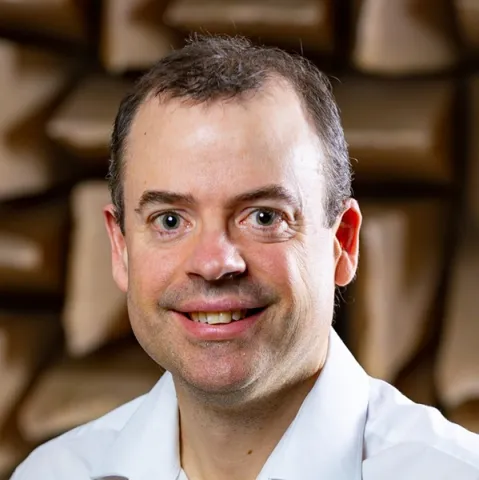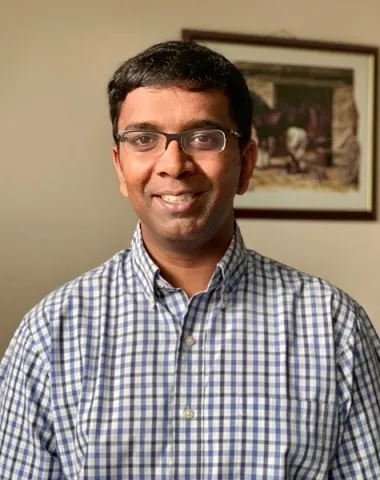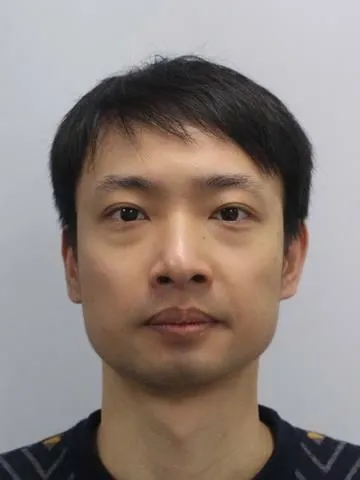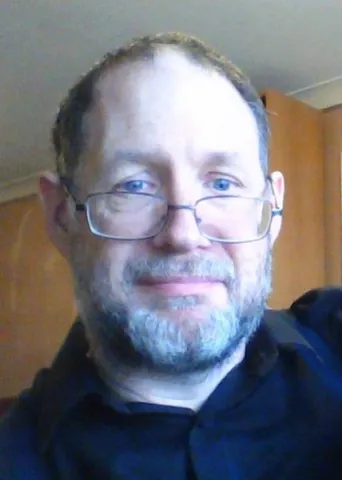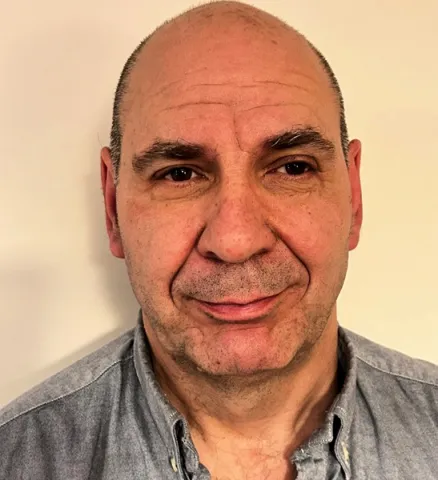Acoustics Group
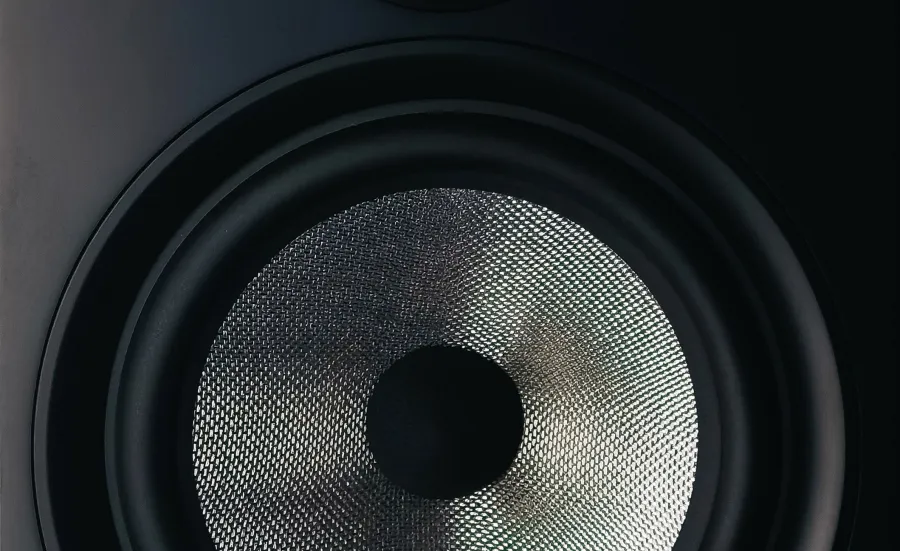
We explore the science and real-world application of acoustics. Our research includes underwater acoustics, aeroacoustics, and virtual acoustics.

We explore the science and real-world application of acoustics. Our research includes underwater acoustics, aeroacoustics, and virtual acoustics.

We've worked with industry partners to discover the implications for areas like science, the ecosystem and quality of life.
At the UAUA we take projects from science to real-world use. Our work brings together a range of different specialisms and our areas of focus include:
We research a range of biomedical issues, such as how we can use ultrasound to change chemical reactions. This can help industries become cleaner and more efficient.
Our research has led to developments in many areas, including:
Our programme of research in aeroacoustics includes exploring how to reduce aircraft noise. This noise affects the quality of life of those who live near airports, and is an environmental barrier to the growth of commercial aviation.
We've focused on:


My main research area is the numerical studies of aircraft engine fan noise propagation and radiation and acoustic liner design, optimisation and predictions.
